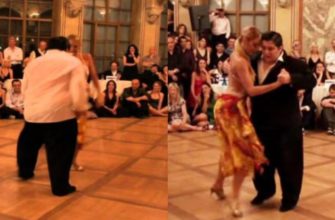On the off chance that you at any point visit the New World and end up seeing a flying sapphire, you’ve quite recently experienced 1 of the most lovely birds on earth: the red-legged honeycreeper, likewise popular by its logical name of Cyanerpes cyaneus.

With a dazzling blue coat, this 1-of-a-sort birdy is hard to neglect whenever you’ve gotten the opportunity to see it face to face. The red-legged honeycreeper has a place with the Thraupidae group of warblers.
This little bird, first depicted in 1766 by Swedish naturalist Carl Linnaeus, is 4.8 inches long by and large and weighs just roughly 14 g.
The male red-legged honeycreeper has exciting cobalt blue plumage, dark back, wings, and tail, ravishing turquoise crown, and striking red legs. Most importantly, it has astonishing yellow underwings that must seen when fly.

The young lady, then again, has a more blunt olive-green coat, red-earthy colored legs, and weak streaks on her belly.
The young people look like their moms, with the exemption that the guys have perceptible blue patches on their underside.

As recently expressed, this lark is normally found in the tropical New World’s covering and mid-story timberlands, going from southern Mexico to Peru, Bolivia, Brazil, Trinidad and Tobago, and Cuba.
These little birds often make little gatherings to remain together, with each gathering containing anyplace from a couple to twenty individuals.

The red-legged honeycreeper eats nectar and berries generally, however it will eat different natural products or bugs assuming it happens upon them while rummaging in the vegetation.
The reproducing season for this bird starts in April and for the most part wraps up in June. Following mating, the female develops a cup-molded home and broods the eggs for 12 to 13 days.

The male will help with taking care of the hatchlings for the following fourteen days until they are sufficiently solid to fly out all alone after the eggs hatch.
The red-legged honeycreeper is a typical bird whose number has stayed unaltered over the course of time.








